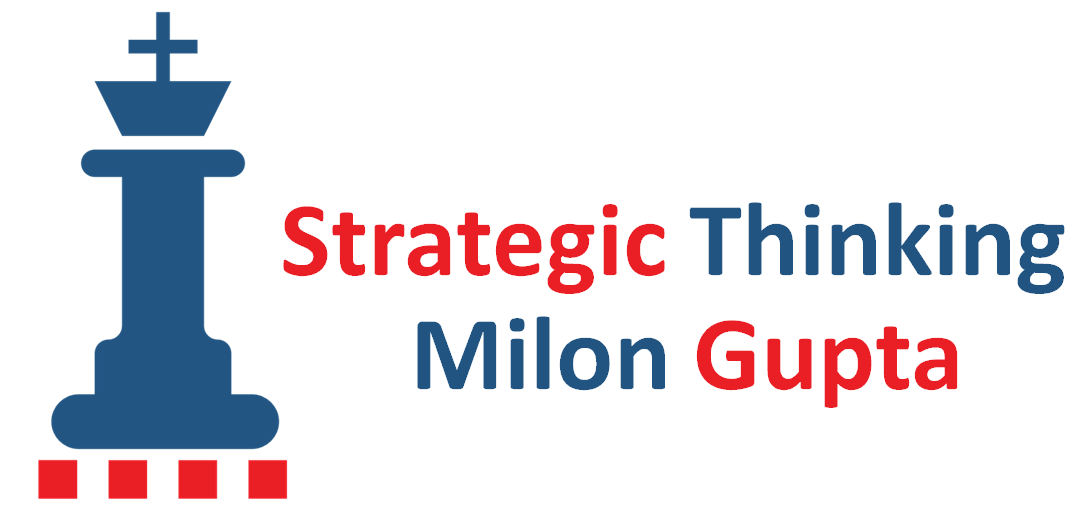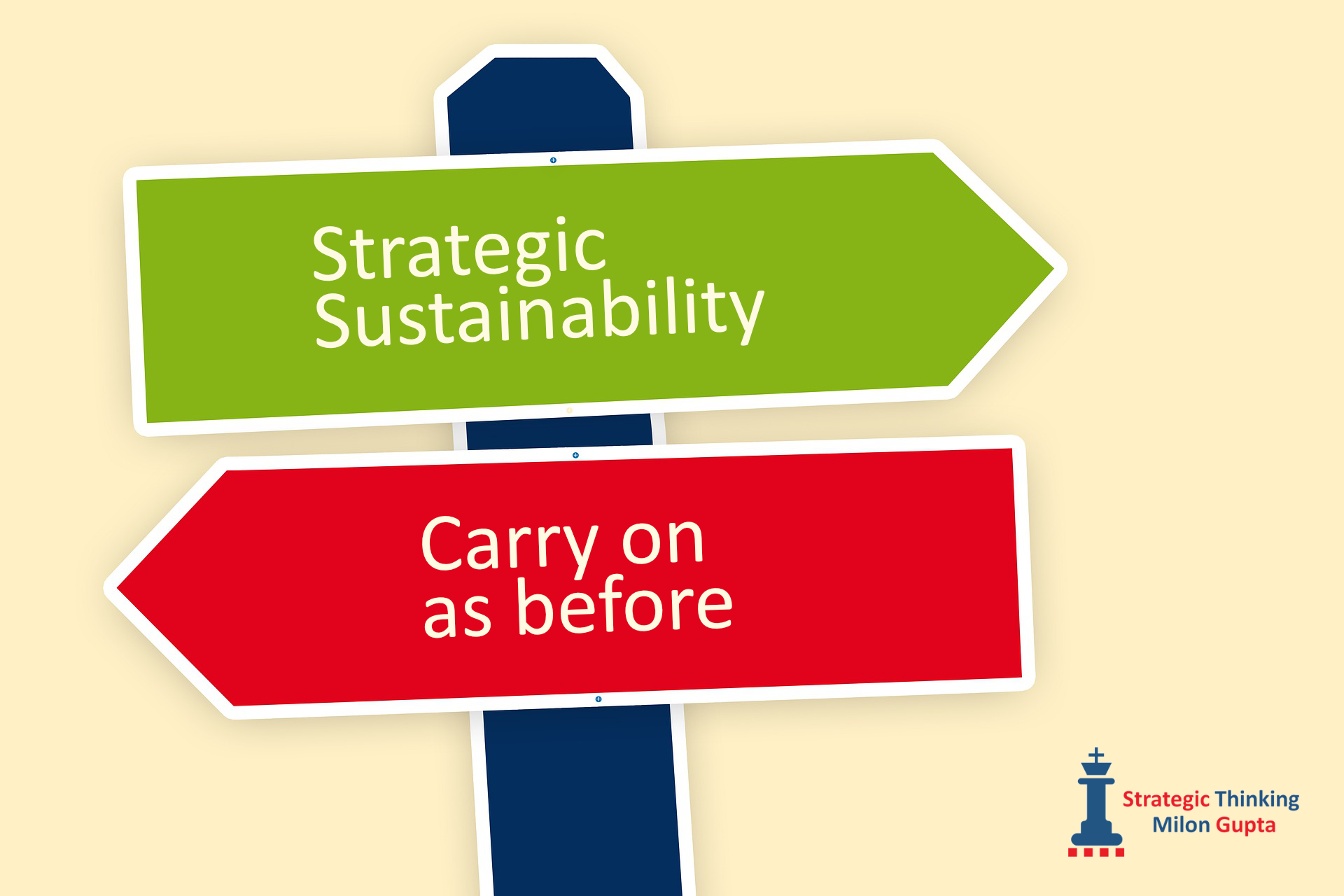Medium-sized companies in Germany are currently missing out on business opportunities worth billions. The reason: most companies are pursuing sustainability in too limited a way and without a holistic strategy.
Untapped sustainability potential
According to a PwC study from 2023, 60% of the SMEs surveyed have recognized that they need to drive the transformation towards sustainability. However, most of them lack a holistic strategy for consistent implementation. According to the PwC study, the SMEs surveyed are primarily guided in their sustainability efforts by external requirements and less by internal corporate goals. Only a third pursue sustainability goals because they correspond to their own self-concept.
Competitive advantages through sustainability
Insufficient pursuit of sustainability goals means that SMEs are missing out on considerable business opportunities. A 2018 study by Landesbank Baden-Württemberg (LBBW) lists several positive economic effects of sustainability for companies. These include greater efficiency, a better corporate image, higher employee satisfaction and better chances for recruiting new employees.
Furthermore, the LBBW study shows that sustainability can also have a positive impact on traditional economic indicators: According to LBBW, sustainably operating companies in the consumer and retail sector were able to increase their EBIT margin (Earnings Before Interest and Taxes). On average, the EBIT margin is 6 percentage points higher than that of less sustainable competitors.
The 5 levels of strategic sustainability
In view of the positive economic potential of sustainability, the question arises as to why many SMEs are not yet very far along the road to sustainability transformation. Put simply, this has to do with the fact that the path to sustainability places high strategic and operational demands on SMEs. To put it more concretely, it requires strategic vision, the courage to change, as well as a high level of organizational discipline and the necessary resources to implement the planned transformation.
Medium-sized companies are at one of the following 5 levels with regard to their strategic sustainability :

The following brief profiles of the 5 levels are highly generalized and simplified. Every company is different and there are individual differences in terms of strategic sustainability. The 5 levels therefore primarily serve as an initial rough positioning.
 Level 1: Minimum strategic sustainability
Level 1: Minimum strategic sustainability
Business focus: purely profit-oriented, with a focus on efficiency and operating costs; no focus on the company’s social and environmental impact.
Strategy: no clearly formulated strategy and no systematic strategy process.
Governance: limited to narrow compliance in terms of the most cost-effective way to cover legal requirements; no systematic risk management process.
Corporate culture: strongly performance and efficiency-oriented, low priority given to sustainability issues, sustainability is primarily seen as a compliance and cost factor.
Stakeholder engagement: no systematic stakeholder engagement beyond event-driven interactions.
Data management: Sustainability-relevant data is only recorded selectively and in isolation, with a focus on efficiency and cost reduction, for example energy consumption data.
Operational business: Sustainability issues are only operationally relevant if they have to do with efficiency and cost reduction or with compliance, and also if there is high customer pressure for specific sustainability aspects of the product or service.
 Level 2: Sporadic strategic sustainability
Level 2: Sporadic strategic sustainability
Business focus: predominantly profit-oriented, with a focus on efficiency and operating costs; selective references to sustainability, e.g. in the area of energy efficiency; social and ecological impacts of the company play a subordinate role.
Strategy: rudimentarily formulated strategy and little systematic strategy process. Sustainability is not a central component of the corporate strategy, but rather one component among many.
Governance: limited to compliance, rudimentary risk management process.
Corporate culture: strongly performance and efficiency-oriented; sustainability issues are primarily relevant in the context of efficiency and reducing waste.
Stakeholder engagement: no systematic stakeholder engagement, but selective initiatives beyond event-related interactions.
Data management: Sustainability-relevant data is only recorded selectively and in isolation, with a focus on efficiency and cost reduction, for example energy consumption data. Data such as energy consumption or material consumption is mainly managed in standard programs such as Excel or an ERP system.
Operational business: Sustainability issues are operationally relevant above all when they have to do with efficiency and cost reduction or with compliance; in addition, customers’ sustainability wishes are actively taken into account and incorporated into the development of products and services if it secures sales.
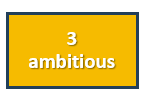 Level 3: Ambitious strategic sustainability
Level 3: Ambitious strategic sustainability
Business focus: the profit orientation is combined with a focus on reducing waste (e.g. energy and raw materials) and reducing the company’s negative social and environmental impact.
Strategy: a formulated strategy is in place; it is regularly updated in a systematic strategy process; the strategy is mainly seen as a matter for the management level.
Governance: includes active compliance in conjunction with anticipation of future legal requirements; in the risk management process, business risks are also regularly considered with regard to ESG aspects (environmental, social, governance) and countermeasures are prepared.
Corporate culture: in addition to a focus on performance and efficiency, social and ecological sustainability issues are also very important, including topics such as health in the workplace and diversity.
Stakeholder engagement: active and regular stakeholder engagement with key stakeholders such as investors, employees, customers, neighbors and authorities.
Data management: Sustainability-relevant data is collected extensively, with a focus on operational and environmental data such as energy consumption, water consumption, greenhouse gas emissions and more.
Operational business: Sustainability issues are operationally relevant in most areas; sustainability aspects of products and services play a major role here.
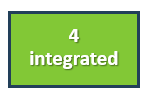 Level 4: Integrated strategic sustainability
Level 4: Integrated strategic sustainability
Business focus: The focus is on generating profits through comprehensively sustainable products and services.
Strategy: the written strategy is the result of a regular, systematic strategy process that involves all levels of the company; the corporate strategy integrates plans to achieve economic and financial goals as well as plans to achieve social and environmental goals with equal priority in order to achieve positive effects in all ESG areas.
Governance: includes proactive compliance in conjunction with anticipation of future legal requirements; in the comprehensive risk management process, classic business risks and ESG risks are regularly considered with equal priority and countermeasures are prepared.
Corporate culture: The sustainability of business operations, products and services is a key priority for managers and employees.
Stakeholder engagement: active and regular stakeholder engagement with all key stakeholders, including investors, employees, customers, neighbors and authorities as well as suppliers and their suppliers and non-governmental organizations in the area of sustainability.
Data management: Sustainability-relevant data is collected comprehensively, including operational and environmental data such as energy consumption, water consumption and greenhouse gas emissions as well as more extensive data on social and environmental impacts in the supply chain; the data is managed in a fully integrated system.
Operational business: Sustainability aspects of products, services and business processes are of central importance for the operational business.
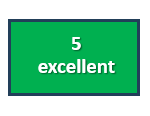 Level 5: Excellent strategic sustainability
Level 5: Excellent strategic sustainability
Business focus: The focus is on achieving positive effects for society and the environment through comprehensively sustainable products, services and business processes, thereby generating sufficient profit for the future viability of the company.
Strategy: the written strategy is the result of a regular, systematic strategy process involving all levels of the company; the corporate strategy prioritizes plans to achieve social and environmental goals in order to achieve positive effects in all ESG areas; plans to achieve economic and financial goals are integrated into the corporate strategy.
Governance: includes proactive compliance in conjunction with anticipation of future legal requirements; ESG risks and traditional business risks are regularly considered in the comprehensive risk management process and countermeasures are prepared.
Corporate culture: The sustainability of business operations, products and services is of central importance to managers and employees. All of the company’s employees aspire to make the world a better place through their business activities.
Stakeholder engagement: proactive and regular stakeholder engagement with all key stakeholders, including investors, employees, customers, neighbors and authorities as well as suppliers and their suppliers and non-governmental organizations in the area of sustainability. The company also endeavors to involve passive stakeholders who are affected by the company’s activities.
Data management: Sustainability-relevant data is recorded comprehensively, including operational and environmental data such as energy consumption, water consumption and greenhouse gas emissions as well as more extensive data on social and environmental impacts in the supply chain; the data is managed in a fully integrated system.
Operational business: Sustainability aspects of products and services as well as business processes are of central importance for the operational business. The company sees its business activities as a means of achieving positive effects for society and the environment in line with its corporate strategy.
Urgent need for action for companies at level 1 and level 2
Medium-sized companies at level 1 (minimal) and level 2 (sporadic) will not be competitive in the long term if they do not become more strategically sustainable. They face the threat of key stakeholders gradually withdrawing their trust: Customers expect sustainable products and services, young professionals want to contribute to a better world with their work and investors will prefer to give their money to companies with a sustainable business model. Level 1 companies in particular are threatened with the withdrawal of their “social business license”.
In addition, increasingly stringent regulations at EU and federal level are exerting additional pressure towards strategic sustainability, which also directly or indirectly affects SMEs.
For companies at Level 1 and Level 2, there is therefore an urgent need for action to develop their strategic sustainability towards Level 3 and beyond. This will require time, resources and effort. But it is worth the effort: strategic sustainability offers tangible economic benefits and helps to maintain the foundations for a life worth living.
Next steps towards more strategic sustainability
I recommend the following 3 steps to companies that want to expand their strategic sustainability – and thus their competitiveness:
Step 1: Take stock
First of all, you should take stock of which level of strategic sustainability your company is currently at. The brief profiles of the individual levels mentioned above will give you a starting point for an appropriate assessment.
If you are unsure which level best describes the status of your company, please contact me – I can help you arrive at a more precise assessment in a free consultation lasting around 30 minutes.
Step 2: Create a plan
To get to the next level of strategic sustainability, you need a plan. In it, you should describe what you want to achieve by when and what resources (working hours, external consulting services, financial expenditure) you need to achieve your goals.
The plan should be ambitious, realistic and comprehensive enough to get you started. However, spending too much time planning can be detrimental, as things will change along the way anyway that you cannot foresee. It is more important to get started than to work out the final details of the plan beforehand. If in doubt, reduce the scope and complexity of the planned measures.
Regardless of whether you get support from an external consultant, you should always have an internal core team for planning and implementing your project.
If you need support with your planning, please schedule a free initial consultation with me.
Step 3: Get started
Don’t wait too long to start your planned activities. Otherwise your project for more strategic sustainability could get lost in day-to-day business. Ideally, you should integrate the planned changes into day-to-day business as well as possible. The core team should discuss progress regularly and, above all, discuss deviations from the plan openly and in a solution-oriented manner.
In the transformation phase from the current stage to the next stage, there will be obstacles, including resistance from individual employees. In such phases, it is important to maintain motivation and remember why it is important for the future of the company to drive forward strategic sustainability. It is important to involve and engage all employees from the outset.
